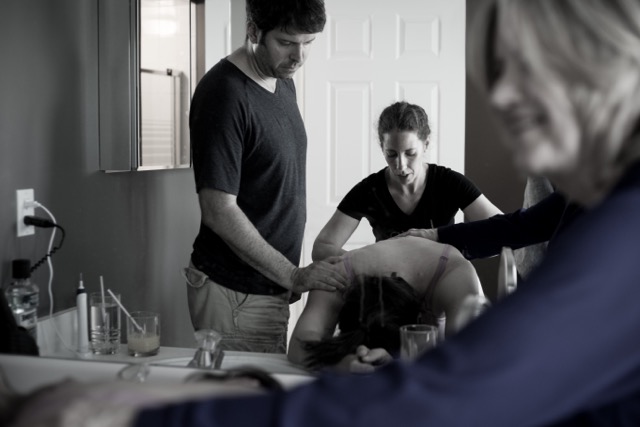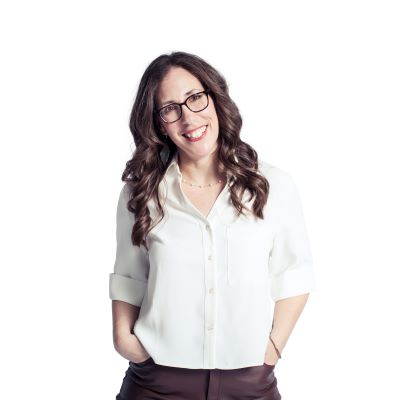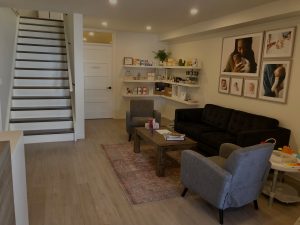
Before I retired from doula and birth work in 2017, I had been a doula for 12 years. I had attended hundreds of births with amazing families and I saw birth and the birthing room evolve. When I started out, birth plans were all the rage because there was so much new evidence showing positive practices that could enhance the outcomes and health of birthing people and babies. However, that evidence, which was often being practiced already by midwives, wasn’t being put into practice so readily by other medical providers. So, I encouraged the families that I worked with to create birth plans. And it worked! And didn’t…
It worked in the sense that when more people demanded more up-to-date evidence-based practices such as delayed cord clamping and immediate skin to skin contact (or kangaroo care), the change came more readily. In fact, it only took a few years for me to see it become “standard practice”. It no longer had to be an “ask” on the birth plans. (That may sound like a long time to some – however, the standard duration from evidence to practice is about 17 years.1)
And then there’s the other side of the coin. As doulas, we educate our clients on all the options for birth – the paths it might take, what they might do in scenario A or scenario B. We ask them to share their wishes, wants, and do-not-wants as an act of preparation. While writing a birth plan does offer the opportunity to explore options and preferences, it also runs the risk of fostering a rigid mindset, giving parents a false sense of control over their experiences and outcomes, and encouraging the belief that options can be chosen ahead of time. Birthing people began to experience a sense of ‘failure’ when their experience didn’t match what they had planned. This led to an increase in traumatic experiences in the birthing room.
Recently, Birthing from Within published a great article that outlines 4 ways to re-think birth plans that are worth considering. These ideas have been shown to reduce the risk of birth trauma and increase the joy and confidence parents have from their birth experience.

- Use a solution-focused approach to your “birth planning”. When thinking about your birth experience start to develop strategies that will help you move towards instead of demand you meet your desired birth experience. For example, “What are some practices that I can learn now that might help me in labour?” If your birth takes another path than expected, or your wishes change over the course of your labour consider, “What kind of support might I need if this happens?”
- Discuss and practice with your support people what to do or say in situations of informed consent and in-the-moment decision making. Sometimes even the most outspoken of people can become tongue-tied in situations that make them feel unsure or are new to them. Give your loved ones the opportunity for practicing the advocacy role. Your doula will be a great person to help you with this practice too!
- Talk about the Next Best Thing. In the event that your journey of birth does take a turn that you didn’t expect or were hoping to avoid, what might you do next to move through it, to cope, stay connected to yourself, your partner and your baby? How might you still welcome your baby, even if the labour or birth outcome wasn’t what you expected or imagined? When we take the time to think about the unexpected (in fact the “unexpected” undoubtedly almost always shows up) you are more likely to be able to tap into your own resourcefulness and resilience.
- Anchor the new learning. Do something creative such as birth art or explore a trail through the woods without really planning where you are going. Such practices that are new to you can give you the opportunity to experience the feeling of the “unknown” in small, low-stakes ways that can prepare you for the bigger unknowns of birth. Becoming comfortable with the unknown will help you discover your own potential to navigate transformative experiences.
So allow yourself to explore and practice the unexpected, open yourself to new adventures and new learnings and stock your toolkit with coping strategies. By building this toolkit of mental, physical and informational resources and coping strategies you can move from a “plan” that is a imaginative wish list to a place of empowerment and resilience.
To learn more about birth doulas and how they can support you through this process of discovery and preparation, click here.

Angie Stenback and is a Founder and Executive Director of The WOMB, a Birthing from Within Mentor and a retired birth doula. She has birthed 5 children of her own and witnessed the birth of hundreds more. Angie birthed her last two children WITH a doula and would never go without again.





